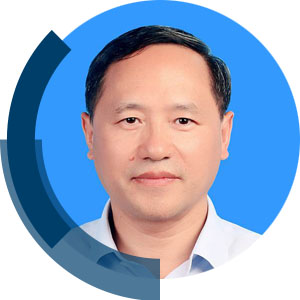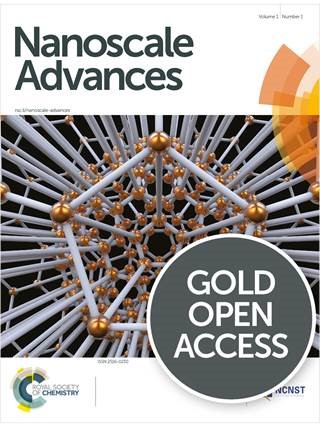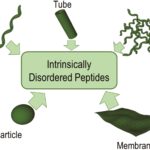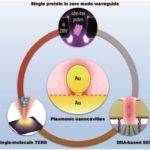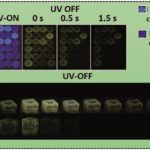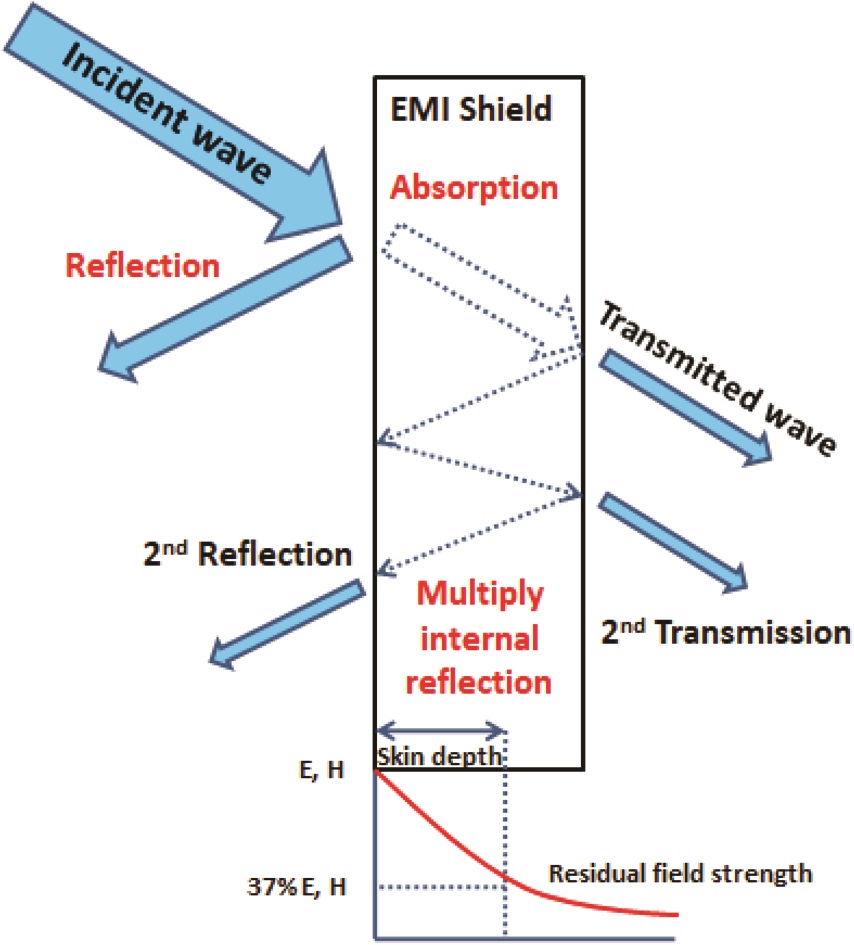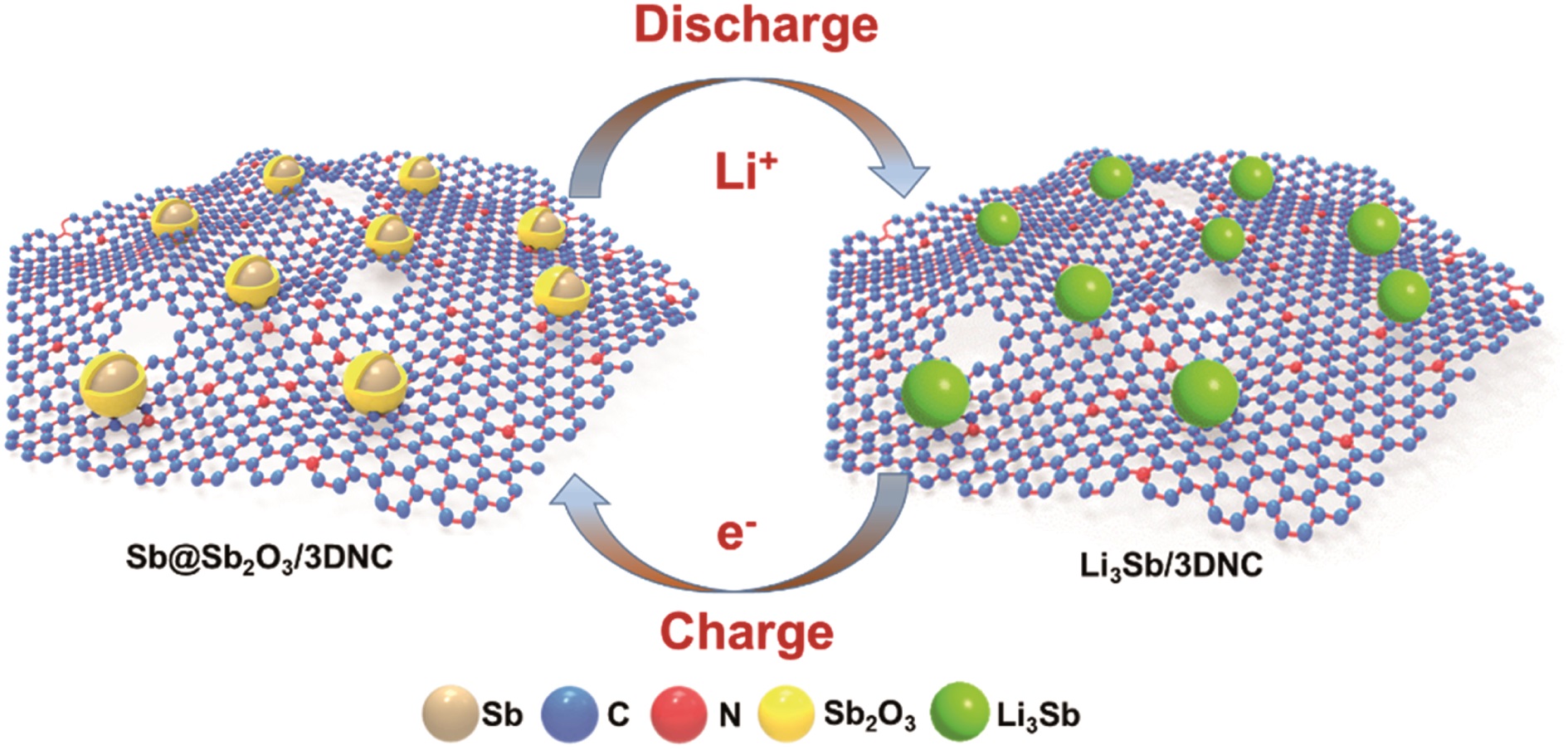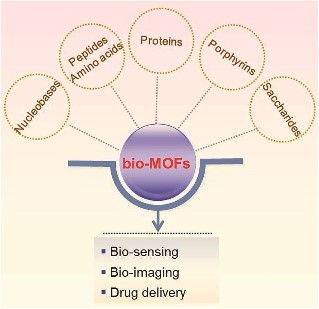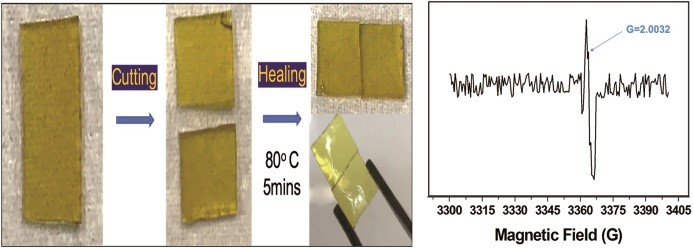Computational studies of nanomaterials for energy, catalysis and electronics
A collection of articles selected by Xiao Cheng Zeng
Professor Xiao Cheng Zeng, University of Nebraska-Lincoln, USA, and Associate Editor for Nanoscale and Nanoscale Advances, presents his highlights of the latest computational research published in the journals on nanomaterials for energy, catalysis and electronics.
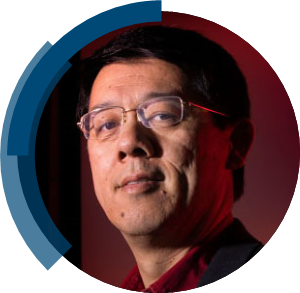
“Computational nanomaterials research has been playing a growing role over the past decade in the design of new nanomaterials, bringing deeper insights into novel properties of nanomaterials, supporting and corroborating experimental research, and gathering new data for machine learning and model development.
This online collection from Nanoscale and Nanoscale Advances covers several active areas of computational nanomaterials research, including design and/or investigation of nanoscale and single-atom catalysts, low-dimensional ferromagnetic, ferroelectric and multiferroic materials, low-dimensional semiconductors, halide perovskites, protein-ligand binding affinity, plasmonic nanoparticles, and metal nanoclusters. We hope this themed collection will be informative to contemporary computational nanomaterials research.”
Read the collection
We hope you enjoy reading these articles.
Best wishes,
Professor Xiao Cheng Zeng
University of Nebraska-Lincoln, USA











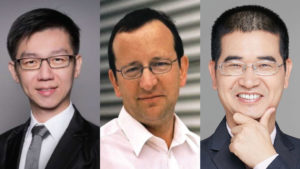


 “The development of thermoelectric materials has been considered as a key sustainable solution in dealing with the global energy dilemma by harvesting electricity from waste heat. Nanostructuring is a critical approach to enhance thermoelectric properties and coupled with other strategies, the development of thermoelectric nanostructures has been an active research discipline in exploring high-performance energy materials.
“The development of thermoelectric materials has been considered as a key sustainable solution in dealing with the global energy dilemma by harvesting electricity from waste heat. Nanostructuring is a critical approach to enhance thermoelectric properties and coupled with other strategies, the development of thermoelectric nanostructures has been an active research discipline in exploring high-performance energy materials. We are delighted to introduce a new themed online collection on the recent advances in plasmonics. This collection is dedicated to the integration of experimental and in silico studies for the advances in plasmonics and for innovative development of efficient plasmonic-based applications in a variety of different fields.
We are delighted to introduce a new themed online collection on the recent advances in plasmonics. This collection is dedicated to the integration of experimental and in silico studies for the advances in plasmonics and for innovative development of efficient plasmonic-based applications in a variety of different fields.